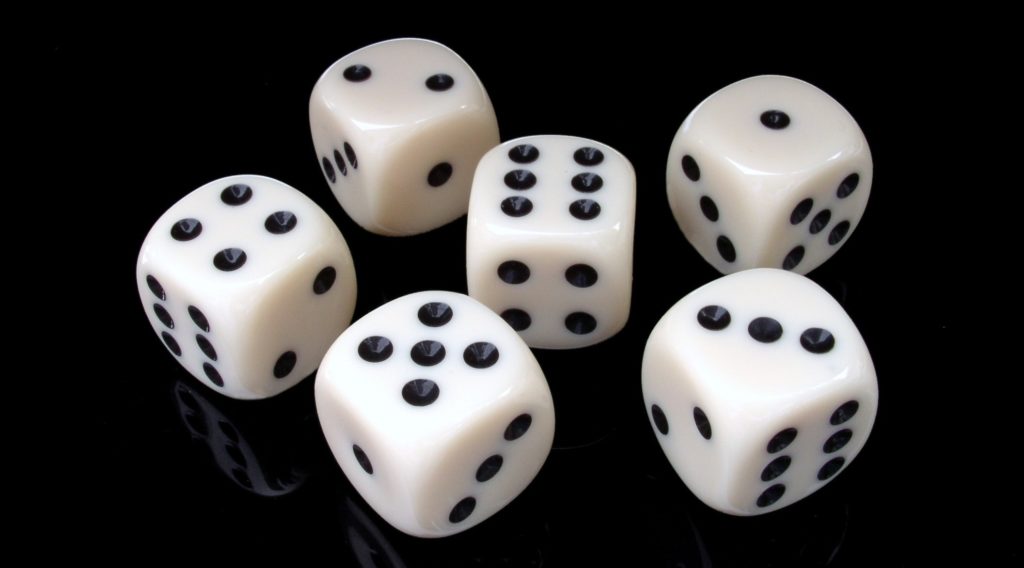A while back, one of my favorite local shows Chronicle had an episode called “You’re Doing It Wrong!” Initially put off by the title – I mean, how dare you lead off by telling me I’m doing something wrong?! – I nevertheless was intrigued, likely to see if I could prove them wrong about my being wrong. And then, I proceeded to get schooled in a whole list of things that apparently I was actually doing wrong. Or at least, not in the best or only way.
Did you know monkeys open bananas from the bottom??! What?! Mind blown. And apparently there is a thing called “pooless” shampoo – which is basically shampoo without whatever strips hair of its natural oils. Unhappy with the state of my hair, I decided to give it a try… and voila, I’m a total convert.

Fast forward to math instruction, and dare I say – we’re doing it wrong. Specifically, I mean teaching kids to count in order to add, subtract, multiply and divide.
Bear in mind, this is not personal. Teachers are teaching the way they’re told to teach – which generally, is whatever the curriculum says, and whatever they themselves learned to do as children in math class.
Remember when the diet industry told us that fat and calories were bad, so the best thing to eat was nonfat foods and fake sweeteners? I think I spent my teen years fueled by pretzels and fat-free frozen yogurt. Then there was a moment when science entered the picture, and we all were like “whoops!” – that’s actually not a healthy way to eat at all. We also used to think that the earth was flat and that it was totally fine to smoke and drink while pregnant.
Think of this as our “whoops!” moment in math education – science has entered the picture, and we now know that we were doing it wrong.
Researchers have long known that humans and animals alike have an innate ability to subitize – which means the ability to see a small quantity, generally up to about 4 items, and instantly know how many it is without counting.
So what comes first then, the ability to count or to subitize? Subitizing, for sure. We are born with the innate ability to subitize; we have to learn how to count.
Where does this innate ability exist? In our parietal lobes on the right hemisphere of our brains. That’s right (ha, get it?) – not the left hemisphere, which is where we generally think everything smart happens in our brains. The left hemisphere is where our language centers are, where reading skills develop, and is best suited for linear thinking and routine tasks. The right hemisphere is where our visual-spatial abilities are located, which occur at a rate that is about 10 times faster than the linear left brain. Remember the phrase “a picture is worth a thousand words”? It’s true (although disclaimer here, I have not done the math on that…), and quite applicable in this situation. Our brains can take in much more information and a deeper understanding in an instant from a picture than it can from a word or two.
When we see a small quantity and instantly know how many it is, a part of our brain is activated in the right hemisphere called the intraparietal sulcus. Research is clear that the ability to subitize is enhanced when objects are simple, clear, and arranged into “canonical” arrangements, which are basically what we think of as dice patterns.
Nevertheless, we have persisted in teaching kids to add and subtract by counting forward and backward. Think of what this means to the brain – our innate number sense is in the right hemisphere, yet we are forcing kids to circumvent this natural process and use a totally different part of their brain – the left hemisphere. Counting is a highly linear, language-based task, which means it requires the use of the left hemisphere, along with solid working memory capacities in the frontal lobe. All this while doing little to construct a picture in the mind of the quantity, which is the heart of number sense.
Keep in mind too that when we teach kids to do something a certain way, a neurological pathway is formed. Turns out that the old adage “practice makes perfect” isn’t quite true – a more accurate rendition is “practice makes permanent”. Whatever we practice, whether done the best way or not, becomes a wired-in neurological pathway that we will continue to follow, until someday our eyes are opened and we do the hard work of wiring in a new, hopefully better pathway. So if we teach kids to count forward and back in order to add and subtract, often using their fingers, this is what they will continue to do. And so we see these kids still counting in middle school… and high school… all while trying to solve multi-step algebraic equations.
So what is the better way? Let’s keep addition and subtraction in the part of the brain where it originates. Try flashing subitizing cards to kids in the dice arrangements and see how their faces light up. Teachers often tell me that kids love these cards. Of course they do – because this is how their brains actually work. Over time I have become convinced that the reason so many kids (and adults) dislike (or dare I say even hate) math is because we are forcing them to learn it in a way that is out of alignment with how their brains work. Bring it back into alignment and all of a sudden the understanding flows much more readily, and the hatred toward math diminishes. Turns out that math is not inherently evil or dislikable!
What we do instead is show canonical arrangements for numbers 1-10 and practice them until students have internalized a mental picture of the number. Remember that number sense is really visual – it is about having an accurate picture in your mind of the number, one that you can conjure up and then manipulate to solve basic addition and subtraction problems. Next we teach kids to break the picture into parts, developing a mental visual for the various combinations of two parts that exist for each number. If kids can visualize that 6 can be a square 4 : : and a 2 : then they can learn that 4+2=6, 2+4=6, 6-2=4, and 6-4=2. This can be done for every combination for numbers up through 10.
Since our place value system is base ten, once they have these combinations internalized they can apply them to work with larger numbers in a visual way that does not require counting. In the process, their number sense will also become much stronger than it would through counting alone.
Amazingly, this research has existed for decades, and yet it still hasn’t permeated education… a strange thing and challenge in itself, but one I’m prepared to take on.
As for multiplication and division… skip counting is really still counting. There are other, more efficient strategies that kids can learn, all while strengthening their number sense too.
I’m still not opening my bananas from the bottom. Probably because it’s working well enough for me and my motivation to make a change is low. And let’s be real, any behavioral change takes just that – motivation and intentionality. It doesn’t happen by accident. Being on default means we will continue to repeat the habits that are neurologically wired in as very well-beaten paths, whether or not they are the “right”, best, or most efficient way of doing things. Creating new paths means doing the hard work of intentionally not walking that same, well-worn path, and instead forging a new path, through what initially feels like a daunting and overgrown Amazon jungle. But walk that path again the next day, then the next day, and the day after, and eventually it becomes its own wide open, easily-traveled path, while the old one gradually becomes overgrown and loses its appeal.
I believe one of the most important things we can do in life is to constantly be open to learning and growing, rewiring our brains as new, better science emerges, and greater truth is revealed.
As the brilliant Maya Angelou once said:
“I did then what I knew how to do. Now that I know better, I do better.”
To learn more, watch my Youtube videos on teaching decomposition and recomposition for numbers 1-10 using Visual Cluster Cards developed by Mahesh Sharma.
Also visit:
- My website: lordmath.com
- Mahesh Sharma: mathematicsforall.org
- Chris Woodin: woodinmath.com
